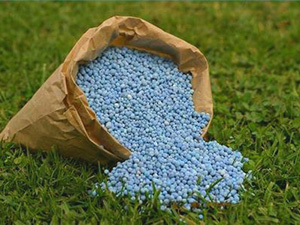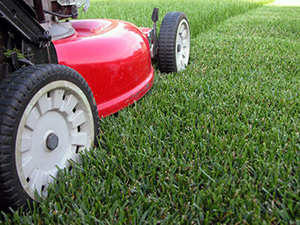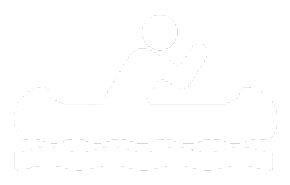Protect Canoe Brook Lake
Use care when maintaining your yard, automobile and pets to protect Canoe Brook Lake and Long Island Sound.

Fertilizer labels always display three numbers in the same order, (i.e., 10-6-4).
They represent the % by weight of three important nutrients:
Nitrogen (N) – for green, leafy growth
Phosphorus (P) – for root and bud growth
Potassium (K) – for disease and drought tolerance
Example: A bag of 10-6-4 fertilizer has 10% nitrogen, 6% phosphate, and 4% potassium.
Excess fertilizer washes into waterways and ponds causing algae blooms and killing fish, wildlife, and flora.
TEST YOUR SOIL FIRST!

Fertilizers and pesticides can help produce a lush lawn, but they must be used according to instructions to prevent water quality problems. Compost mixed with your soil can provide some of the organic matter and nutrients your soil needs without using commercial preparations.
Test Your Soil First! Only fertilize based on your soil needs.Retest soil every 3-5 years. Do not apply fertilizer to frozen ground or dormant turf. Only use what you need – more is not always better.
SOIL TESTING SERVICES

Check for leaks – use sawdust or cat litter to soak up spills. Double bag and put in trash.
Use a drop cloth and container to collect fluids when doing routine maintenance.
Recycle fluids at an authorized collection site.
Wash car over gravel or grass. Use minimum of water and biodegradable phosphate-free soap.
Never pour oil, antifreeze, or other toxic substances into your home’s wastewater drain, outside storm sewer, nearby water bodies, or onto the ground.

This is how high you should mow your grass in spring and summer for these common grass types:
- Tall fescue
- Perennial ryegrass
- Kentucky bluegrass
- Fine fescue
Summer length — 3”
Spring length — 1 1/2 – 2”
Grasscycle! Leave grass clippings on the lawn. They return nutrients to your lawn and reduce the need for additional fertilizers.
Keep mower blades sharp.

Pick up your pet’s waste when out walking; then flush the waste down the toilet, or
Bury your pet’s waste 6” deep; keep it away from vegetable gardens, wells, or nearby water bodies.
Remove pet waste from play areas.
Clean up pet waste from play areas.
Clean up pet waste from sidewalks, paved areas, around wells, storm drains, and waterways.
Pet waste contains bacteria.

Use gravel, interlocking stones, or bricks instead of concrete and asphalt.
Landscape with berms and swales to catch and filter runoff.
Plant native grasses, shrubs, and trees to slow runoff, prevent soil erosion, and increase water absorption.
Plant vegetation using a concave approach — water flows toward the plant and filters down into the ground.

Pump out your system every 2-3 years by a licensed septic service company.
Use nontoxic cleaning products.
Avoid using septic tank cleaning compounds.
Do compost
- Raw vegetable scraps
- Leaves and flowers
- Shredded prunings
- Old plants and potting soil
- Grass clippings if not recycled
Don’t compost
- Meat or fish parts
- Dairy products
- Invasive weeds
- Cooking oil/oily foods
- Pet waste

Check for leaks:
- fluctuating fuel levels
- water in the tank
- soil stains
- strong fuel smells
- wet places near tank
- oil substance on streams
Check pipes, valves, hoses, fittings, and pumps for leaks
Have tank inspected by a professional.
Install an above ground tank.
Check with DEP for underground tank removal incentives (860) 424-3370.

Early morning is the best time to water to discourage disease.
1 – 1 1/2” per week is plenty of water for most lawns.
Water slowly; wet the soil to a depth of 4-6 inches.
Make sure sprinkler heads are watering greenery – not pavement.
Avoid water runoff from the lawn. Avoid light, frequent watering.
Consider landscaping with drought-tolerant grasses, shrubs, and trees.
